Legionella Remediation & Treatment
Ensure the safety of your water systems and your facility by working with our expert Legionella remediation team.
Legionella Outbreak?
If you have an emergency Legionella outbreak, contact our expert team immediately. We’re available 24 hours a day to help you avoid liabilities and further exposure.
Emergency Legionella Control, Treatment & Sanitization
In the case of a Legionella outbreak, our team at IWC Innovations will move quickly to control the spread of the bacteria, remdediate the issue through our proprietary Legionella sampling and treatment processes to ensure its elimination. Our emergency services include:
- Rapid response to your Legionella outbreak including stopping the spread of Legionnaire’s Disease through your facility through point-of-use filtration and other methods.
- Expert remediation, including sampling and identification of Legionella subtype bacteria
- Thorough Legionella treatment, and post-sanitization review
- Setting up control measures and other protocols to ensure Legionella won’t return.
- Discreet handling of your Legionella issue.
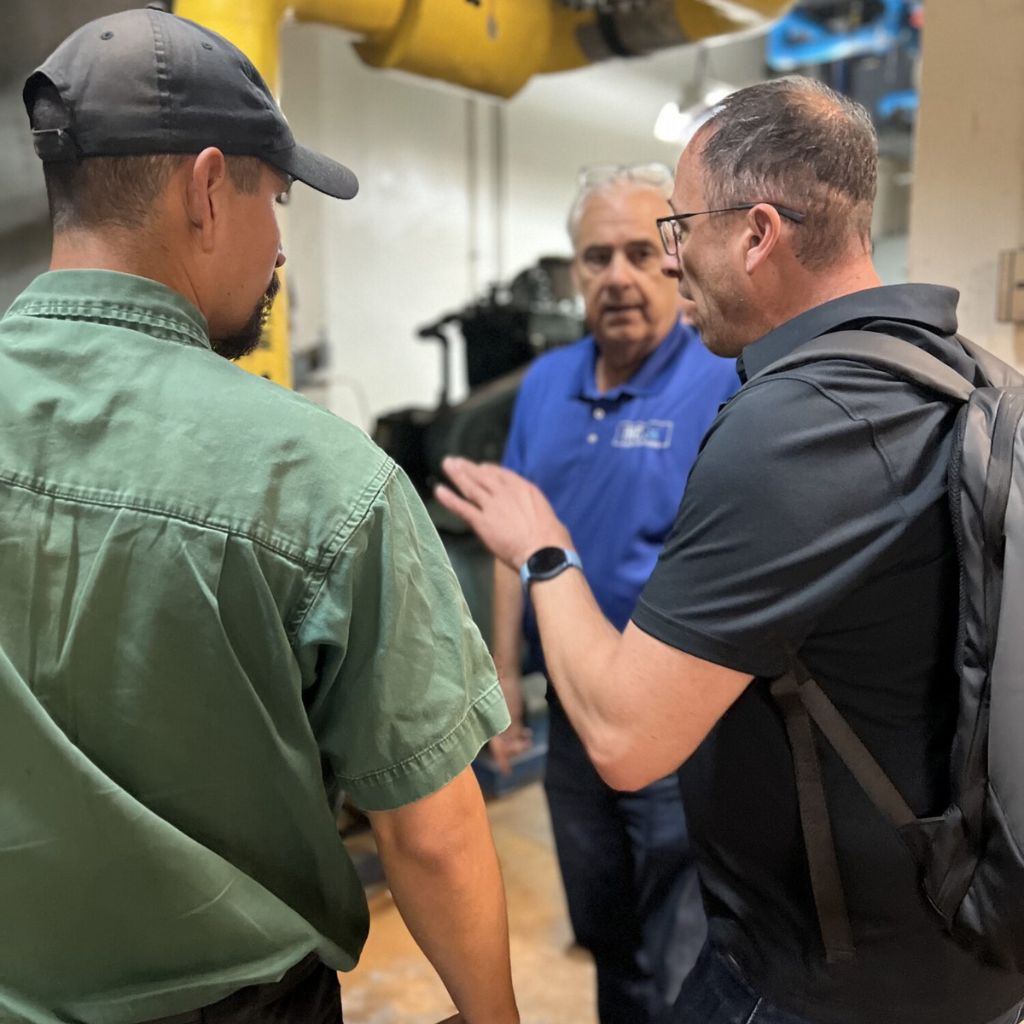
Why Choose Us for Legionella Remediation
About Our Legionella Rapid Response Teams
Our Legionella rapid response teams are on standby 24 hours a day to provide immediate assistance around the world. With more than 1,000 Legionella remediations under our belt and 60+ years of experience, we understand the importance of:
- Responding quickly to your Legionella emergency
- Stopping the spread of the current outbreak as fast as possible
- Identifying the source/Legionella subtype bacteria
- Applying comprehensive sanitization and Legionella removal
- Establishing effective control measures to safeguard your water systems in the future
- Minimizing your liabilities and risk, including the potential spread of Legionnaire’s Disease beyond your facility.
How We Approach Legionella Remediation

Step 1: Control the Spread of Legionella
Once on-site, our team of experts is trained to swiftly control Legionella in your facility. We’ll work with your facility teams to install point-of-use filters for faucets, showerheads, and ice machines, ensuring safe water for building occupants while we investigate the source (Legionella subtype bacteria) and develop and implement your custom remediation plan.

Step 2: Sampling, Analysis & Treatment
Our team of experts will take samples of your water and your water systems, if we can, pinpoint the specific Legionella bacteria subtype, and create a customized plan for your facility. We deploy our specialists to perform our proprietary Legionella treatment and sanitization services, ensuring the complete eradication of Legionella bacteria. This may include: hydrochlorination, chemical disinfection, and/or thoroughly scrubbing down affected surfaces of plumbing areas, among other options.

No. 3: Post-Sanitization Support
Once our process is complete, we will be sure to provide a detailed report outlining our procedures and custom measures to prevent future cases of Legionella in your facility. After eradicating Legionella at your facility, our expert teams will continue to support you with ongoing testing, results interpretation, and compliance of your water systems to prevent future outbreaks and maintain a healthy environment for all your building occupants.
Legionella Remediations Completed
1,000+
Years of Combined Experience
60
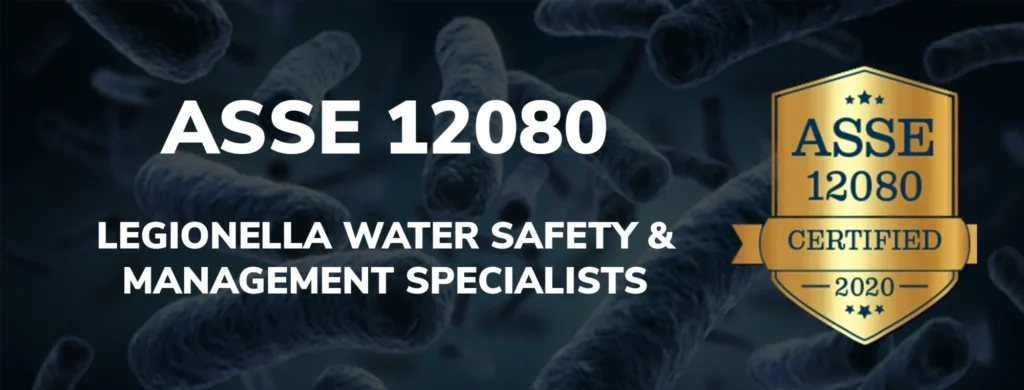
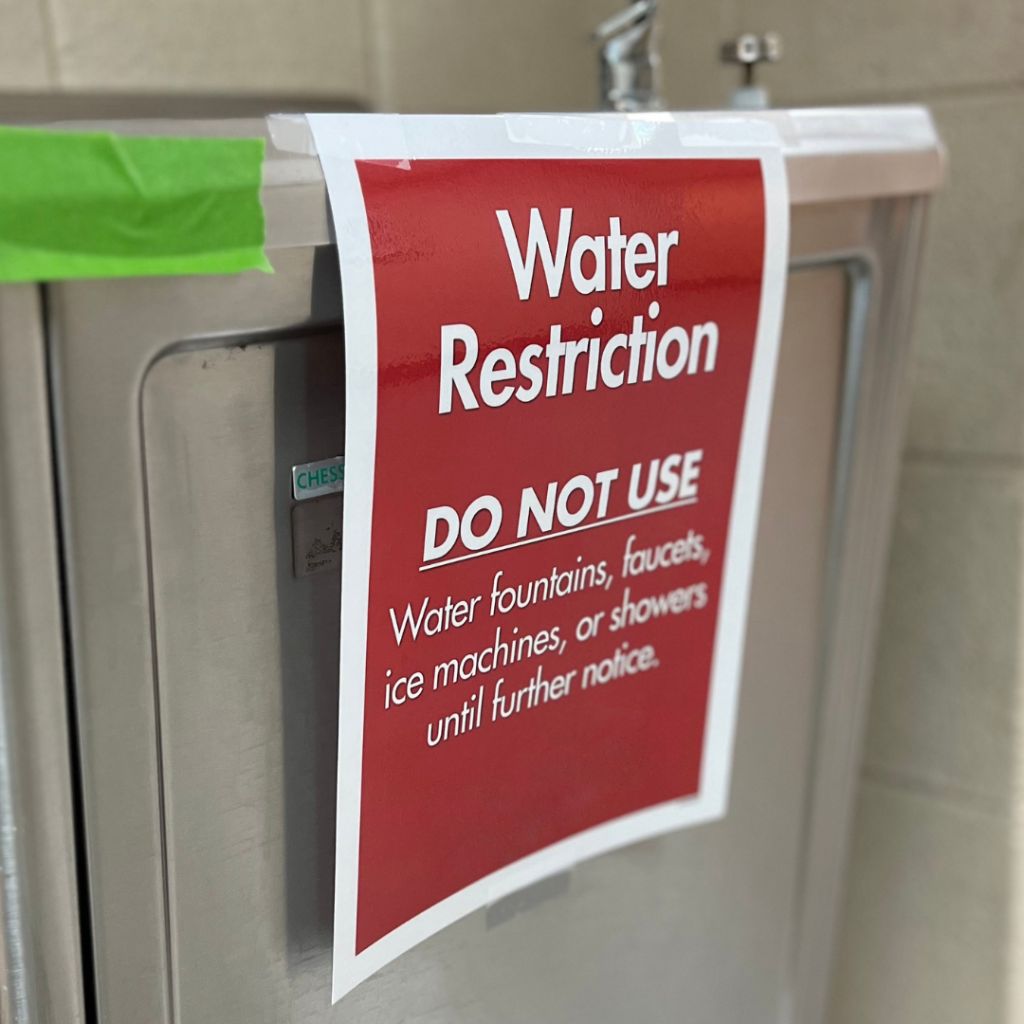
Frequently Asked Questions
A: Legionella is a waterborne bacterial pathogen responsible for Legionnaires’ disease. It can grow within any water system at a facility, building, or manufacturing location. A person can contract Legionnaire’s disease through a device like a sink, shower, CPAP machine, or humidifier that contains growth of Legionella bacteria. Water droplets from that device are able to get into the lungs, like the mist from a shower or even exhaust from building HVAC systems. Legionnaires’ disease is particularly dangerous (and can be deadly) for the vulnerable, immunocompromised population.
A: There are over 60 species of Legionella, with the most significant being Legionella pneumophila, which is responsible for the majority of Legionnaires’ disease cases.
A: Some do require evacuation, some do not. Make sure to contact us immediately if you suspect Legionella bacteria in your water systems or if you have an outbreak, which is considered two or more confirmed cases of Legionnaires’ disease occurring in one location.
A: Any Legionella remediation process can use a variety of methodologies, depending on the severity of the infestation, facility-specific factors, and the types of water systems found there. Among the different options include: hyperchlorination, heat and flush treatment, filtration (to keep bacteria from spreading), manually cleaning buildup or scaling, chemical water treatment, and even using Ultraviolet light to neutralize Legionella.
Facilities We Support for Legionella Remediation
Legionella bacteria can grow in various water systems within a facility, including cooling towers, hot water tanks, pipes, showerheads, faucets, hot tubs/spas, decorative fountains, and humidifiers. This covers facilities across a myriad of industries:
- Commercial Buildings
- Energy & Utilities
- Entertainment Venues
- Facility Management
- Food & Dairy Product Manufacturing
- Gasoline and Oil Refineries
- Government Office Buildings
- Hospitality (Hotels, Motels)
- Hospitals/Healthcare Facilities
- Laboratories
- Manufacturing
- Military Bases
- Pharmaceutical Manufacturers
- Schools/Universities
- Semiconductor and Microchip Manufacturing
- Senior Living
- Sewage Treatment Facilities
- Waste Management and Recycling
- Water Treatment and Utilities
- More
More Legionella Resources
- Legionella Guide: Understanding the Risk and Prevention Strategies
- IWC Innovations Legionella Services
- Legionella and Waterborne Pathogen Testing
- How Chlorine, Monochloramine, and Chlorine Dioxide and HydroTreat™ Combat Waterborne Pathogens
- Understanding the Complex Relationship Between Legionella Bacteria and Amoebas in Drinking Water Systems
- Cracking Down on Legionella Growth
- Is Legionella Testing a Requirement?
